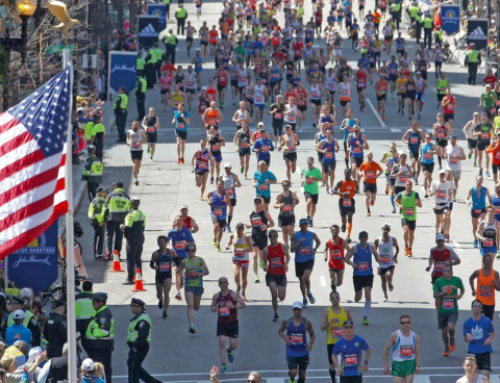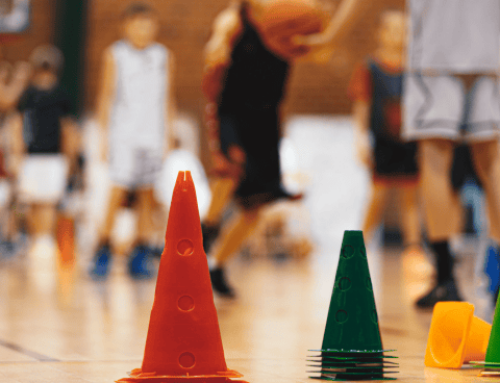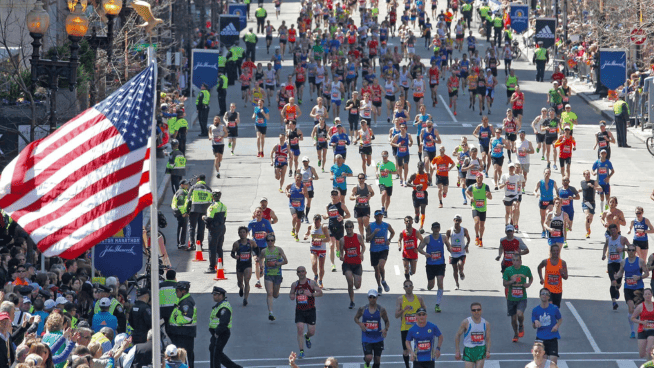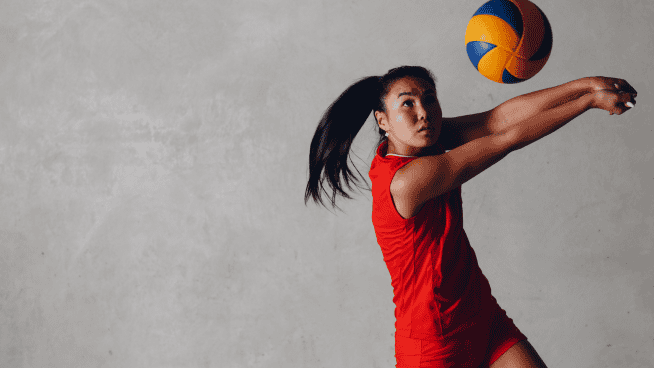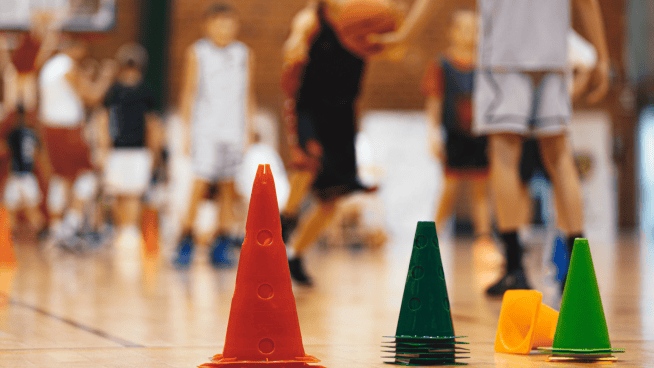Tips for Buying Your First Set of Bicycle Racing Wheels
A cyclist’s journey can be charted through the evolution of his equipment. As a child, your trusty steed was the big wheel. From there, you transitioned to a “big kid” bike with training wheels. After a lot of trial and error—and a few bumps and bruises—you achieved balance and graduated to two wheels.
Many don’t realize that many cyclists traverse another step: the leap from recreational cyclist to racer. To be your best in the competitive realm, you must have the proper gear. Race wheels are designed to get you across the finish line faster than a standard set of recreational bicycle wheels.
RELATED: How to Find the Best Cycling Locations
Advances in Technology and Design
Technological advances have played a major role in the development of today’s best race wheels. Designers spend hours shaping the rims to minimize drag, maximize speed and optimize aerodynamic performance. They also continually devise ways to make the wheels lighter and more durable to coax better results.
Since no formula exists for making the best rim shapes, designers have traditionally created a variety and studied them in wind tunnels to find the best. The biggest problems are time and cost. Wind tunnels cost $600 to $1,000 per hour to operate, and cycling companies have been known to spend up to $500,000 to develop a single wheel. On top of that, fabricating a variety of physical prototypes is time-intensive.
The latest advancements in computational fluid dynamics software have allowed designers to save time and money by creating virtual wind tunnels on computers and running digital wheel designs. This has allowed them to test a much wider variety of shapes at a fraction of the time and cost. The software is expensive and challenging to operate, but once it’s up and running, it’s an incredibly powerful and accurate tool.
As a result of advancements in computational fluid dynamics software, cycling wheels have become more aerodynamic, more stable in windy conditions and less expensive for the consumer. My company sells racing wheels that can shave nine minutes off an Ironman time compared with standard bicycle wheels.
RELATED: 5 Cycling Rules for Beginners
High-Quality Materials
A chain is only as strong as its weakest link, and cycling wheels are no different. Cycling wheels are comprised of various components, including a rim, hub, spokes and nipples, all of which must be high-quality and assembled by an experienced builder. To get a great product, look for cycling wheels sold by a company that uses only top-quality components.
Before buying a new set, you need to determine what variable matters most to you. First- timers and recreational athletes will most likely focus on a good all-around aerodynamic wheel set, which can be used for both training and racing. Look for wheels that are both durable and aerodynamic.
Seasoned athletes and professional racers might own different wheels for different events and training. Time-trial racers and seasoned triathletes looking to maximize their speed most likely want a rear disc wheel. These are legal in some events but not in others.
When choosing race wheels, all cyclists should consider the customer service that comes with the product. Be sure to check online reviews and to talk with your friends and other athletes who may have the product you’re evaluating.
Once you’ve answered these questions and have picked out a high-quality set of wheels that meets your specifications, it’s time to ensure that those wheels are ready to race.
Training Days
Training for a race takes an incredible amount of time and effort, so don’t waste it by avoiding any unpleasant surprises on the big day.
Because the rims of race wheels are typically deeper than those of recreational cycling wheels, they handle differently in windy conditions. Spend plenty of time training on your new wheels. Lots of practice will help you get comfortable with your new ride and anticipate what to expect on race day.
As you look forward to the big race, remember that one size does not fit all when it comes to cycling wheels. Many reputable manufacturers produce great wheels, but they are all a little different. Determine what features will make you a happy customer, then make your purchase. Finally, spend time getting used to the feel of your new wheels to ensure that you cross the finish line ahead of the pack when it counts.
[cf]skyword_tracking_tag[/cf]
RECOMMENDED FOR YOU
MOST POPULAR
Tips for Buying Your First Set of Bicycle Racing Wheels
A cyclist’s journey can be charted through the evolution of his equipment. As a child, your trusty steed was the big wheel. From there, you transitioned to a “big kid” bike with training wheels. After a lot of trial and error—and a few bumps and bruises—you achieved balance and graduated to two wheels.
Many don’t realize that many cyclists traverse another step: the leap from recreational cyclist to racer. To be your best in the competitive realm, you must have the proper gear. Race wheels are designed to get you across the finish line faster than a standard set of recreational bicycle wheels.
RELATED: How to Find the Best Cycling Locations
Advances in Technology and Design
Technological advances have played a major role in the development of today’s best race wheels. Designers spend hours shaping the rims to minimize drag, maximize speed and optimize aerodynamic performance. They also continually devise ways to make the wheels lighter and more durable to coax better results.
Since no formula exists for making the best rim shapes, designers have traditionally created a variety and studied them in wind tunnels to find the best. The biggest problems are time and cost. Wind tunnels cost $600 to $1,000 per hour to operate, and cycling companies have been known to spend up to $500,000 to develop a single wheel. On top of that, fabricating a variety of physical prototypes is time-intensive.
The latest advancements in computational fluid dynamics software have allowed designers to save time and money by creating virtual wind tunnels on computers and running digital wheel designs. This has allowed them to test a much wider variety of shapes at a fraction of the time and cost. The software is expensive and challenging to operate, but once it’s up and running, it’s an incredibly powerful and accurate tool.
As a result of advancements in computational fluid dynamics software, cycling wheels have become more aerodynamic, more stable in windy conditions and less expensive for the consumer. My company sells racing wheels that can shave nine minutes off an Ironman time compared with standard bicycle wheels.
RELATED: 5 Cycling Rules for Beginners
High-Quality Materials
A chain is only as strong as its weakest link, and cycling wheels are no different. Cycling wheels are comprised of various components, including a rim, hub, spokes and nipples, all of which must be high-quality and assembled by an experienced builder. To get a great product, look for cycling wheels sold by a company that uses only top-quality components.
Before buying a new set, you need to determine what variable matters most to you. First- timers and recreational athletes will most likely focus on a good all-around aerodynamic wheel set, which can be used for both training and racing. Look for wheels that are both durable and aerodynamic.
Seasoned athletes and professional racers might own different wheels for different events and training. Time-trial racers and seasoned triathletes looking to maximize their speed most likely want a rear disc wheel. These are legal in some events but not in others.
When choosing race wheels, all cyclists should consider the customer service that comes with the product. Be sure to check online reviews and to talk with your friends and other athletes who may have the product you’re evaluating.
Once you’ve answered these questions and have picked out a high-quality set of wheels that meets your specifications, it’s time to ensure that those wheels are ready to race.
Training Days
Training for a race takes an incredible amount of time and effort, so don’t waste it by avoiding any unpleasant surprises on the big day.
Because the rims of race wheels are typically deeper than those of recreational cycling wheels, they handle differently in windy conditions. Spend plenty of time training on your new wheels. Lots of practice will help you get comfortable with your new ride and anticipate what to expect on race day.
As you look forward to the big race, remember that one size does not fit all when it comes to cycling wheels. Many reputable manufacturers produce great wheels, but they are all a little different. Determine what features will make you a happy customer, then make your purchase. Finally, spend time getting used to the feel of your new wheels to ensure that you cross the finish line ahead of the pack when it counts.
[cf]skyword_tracking_tag[/cf]




